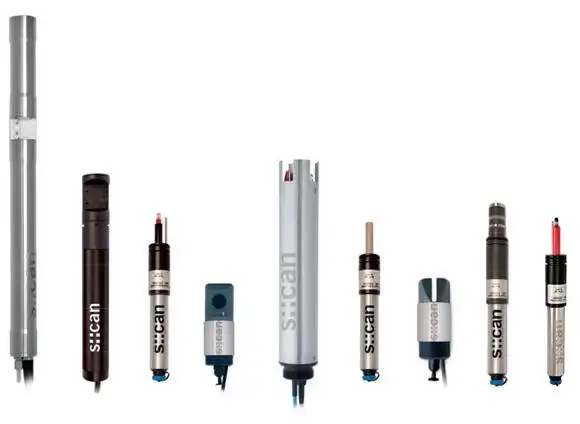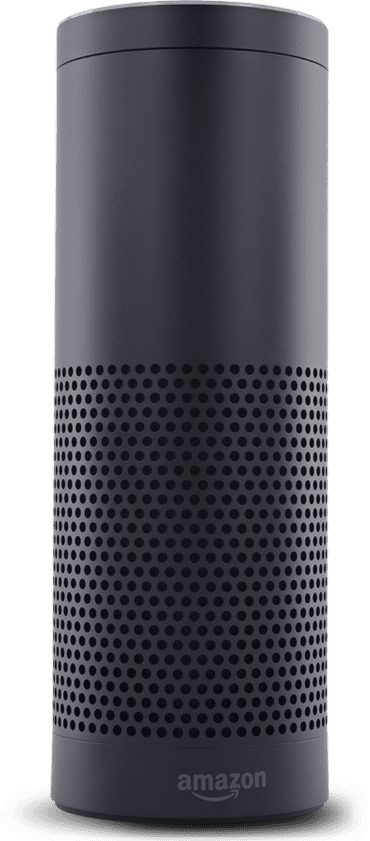
chlori::lyser™ monitors free chlorine (Cl2 + HOCl + OCl-) or total chlorine (free chlorine + combined chlorine)
• s::can plug & measure
• measuring principle: amperometric (membrane-covered)
• ideal for drinking water
• long term stability and low maintenance in operation
• replacement of membrane only once a year
• readings stable at high fluctuations of pH, temperature and flow
• low cross-sensitivity to many surfactants
• factory zero-point precalibrated
• mounting and measurement in flow cell or directly in a pipe with pipe::scan
• operation via s::can terminals & s::can software

“Why do we measure Chlorine?”
When drinking water is disinfected through chlorination measure free chlorine residuals continuously with a chlori::lyser. Ensuring disinfection right from the treatment works through the network, even under high pressure.
“How do we measure Chlorine?”
The chlori::lyser monitors free chlorine – mounted in a flow cell setup. Due to the membrane-covered amperometric measuring principle, flow and pH fluctuations of the water does not influence the measurement result. Also, the integrated temperature compensation and the special, third electrode eliminates potential interferences.
See the range of the range.
The s::can range measures a wide range of parameters in numerous applications. All s::can measuring instruments are developed with the same philosophy in mind: They are intelligent, robust and require little to no maintenance.

The s::can spectrometer probes from PMA Ltd operate using the same measuring principle: Spectrometry. The spectrometer probes are the first and only instruments in the world that can measure optical spectra from 190 to 720 nm directly in liquid media. The materials contained in the medium deteriorate a light beam emanated by a lamp that transfers through the liquid. After contact, its intensity is measured by a sensor over a variety of wavelengths specific to the application.
Need some advice or support? We’re here to help.
If you need a call back about how Process Measurement and Analysis can help you or have any questions at all please feel free to contact us at [email protected]. A member of our experienced team will contact you directly.
An even better reason to contact us about any of our products.
